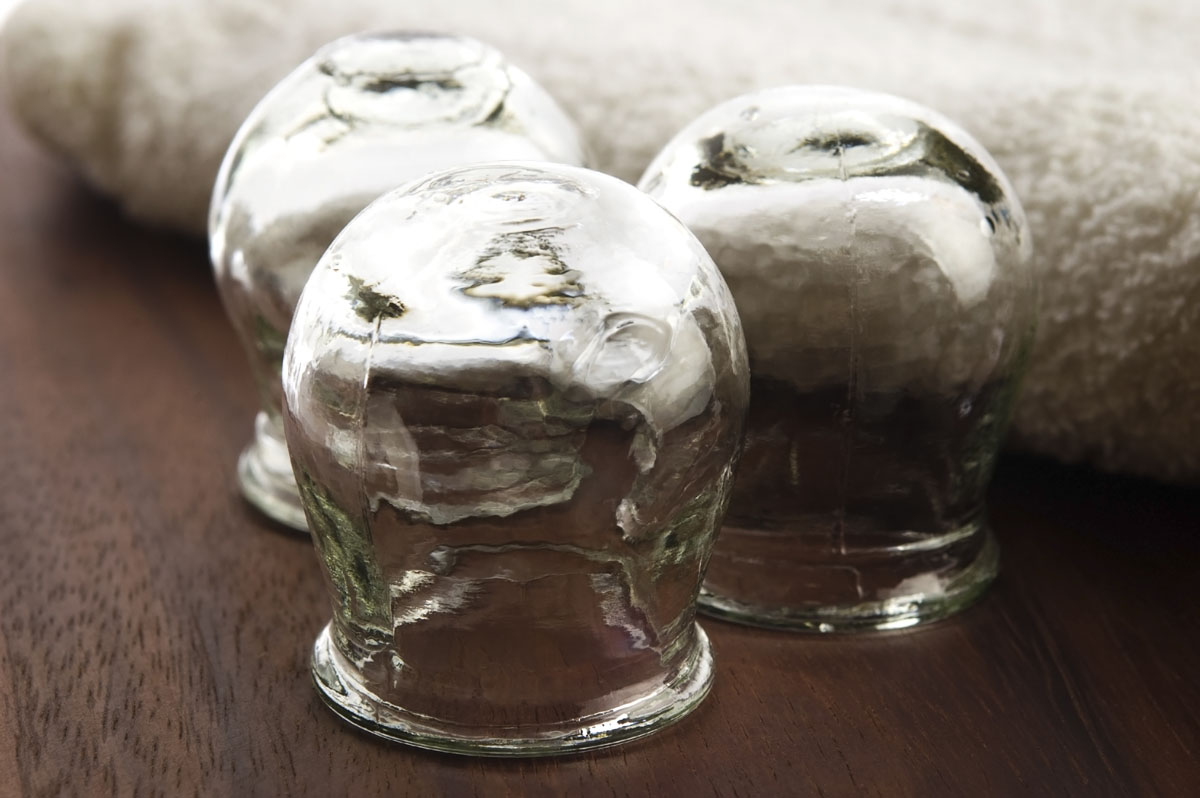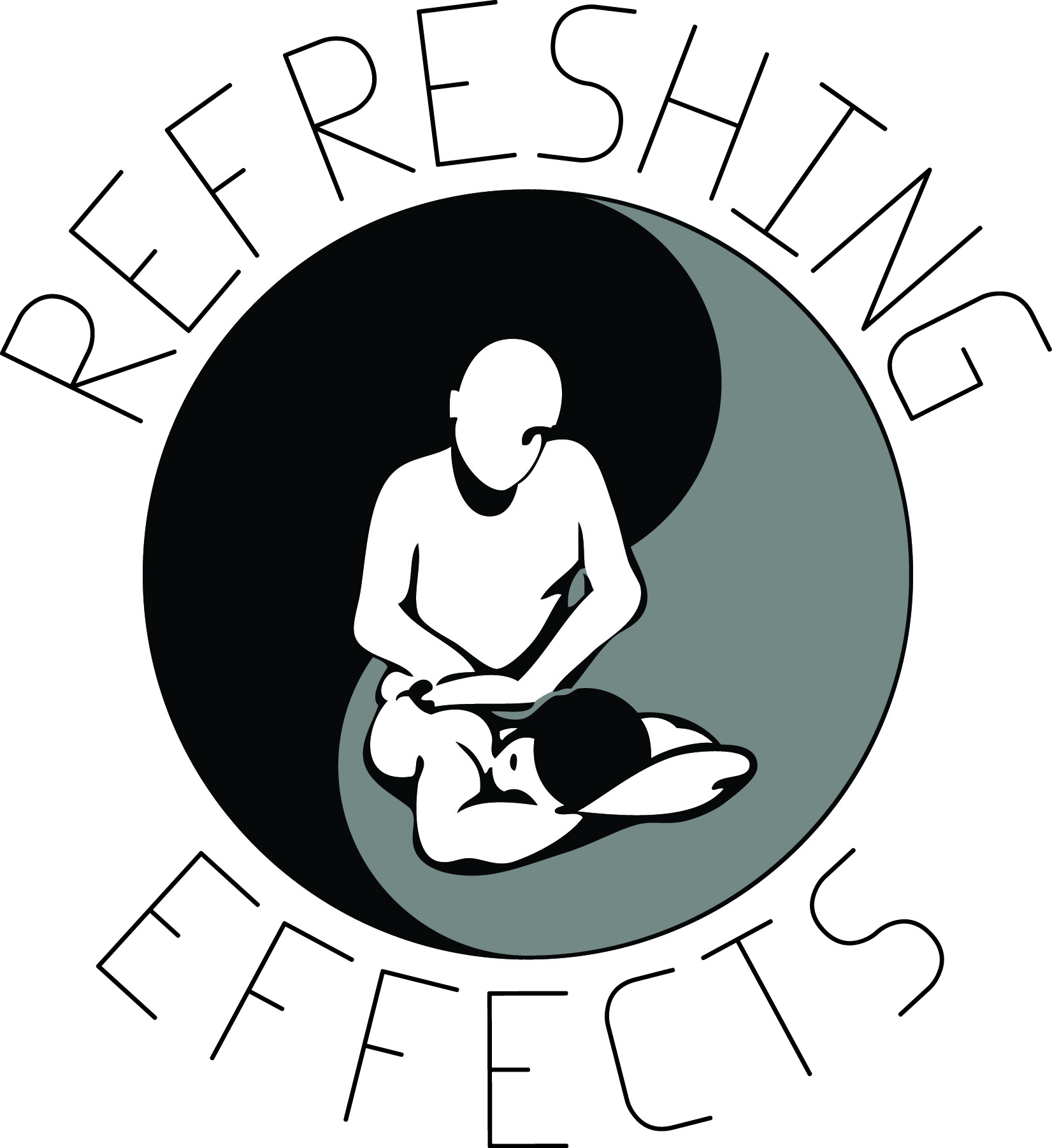For most people, their exposure to cupping therapy is as extensive as seeing the pictures of people with giant welts on their skin after undergoing treatment. But why would people resort to something that looks so strange and potentially painful? What does cupping therapy do for the body and why is it gaining in popularity?

Cupping Definition
Cupping therapy has actually been around for generations and has been a part of Traditional Chinese Medicine. Now, more and more massage therapists are learning this modality. A typical massage cupping treatment involves warming and placing cups usually made of glass on the skin (usually the shoulders, back, and neck). As the air within the cup is warmed, a vacuum is created and the cup is applied to the skin, drawing the tissue up into the cup. This is believed to increase blood flow, loosen fascia (connective tissue) and stimulate healing. Think of it like a deep tissue massage that would be used to break up scar tissue or reduce muscle pain. A similar result is achieved with less wear and tear on the massage therapist.
Side Effects
The most common side effect is simple temporary bruising and possible soreness depending on the amount of suction used and the severity of the issue being treated. Different cups can also be used which can impact a person’s reaction. For example, while most cups are made of glass, they can also be made of silicone or even bamboo. And some massage therapists will use massage oil to slide the cups across large muscle groups (like the back) to achieve the desired results.
What the Research Says
A 2020 experimental trial looked to evaluate whether a single session of real or placebo cupping therapy would have an impact on chronic low back pain. After their examination, patients received either real or placebo cupping therapy for 15 minutes at certain points along the spine. Researchers found that the patients who received real cupping therapy showed significant improvement in terms of pain severity measures and in quality of sleep. This was a small study and more research is needed, but the results look promising.
Ask your massage therapist if they are trained in cupping therapy and see what it can do for your chronic pain or muscle stiffness. Massage cupping, along with your regular wellness routine, just might give you the relief you are looking for!



